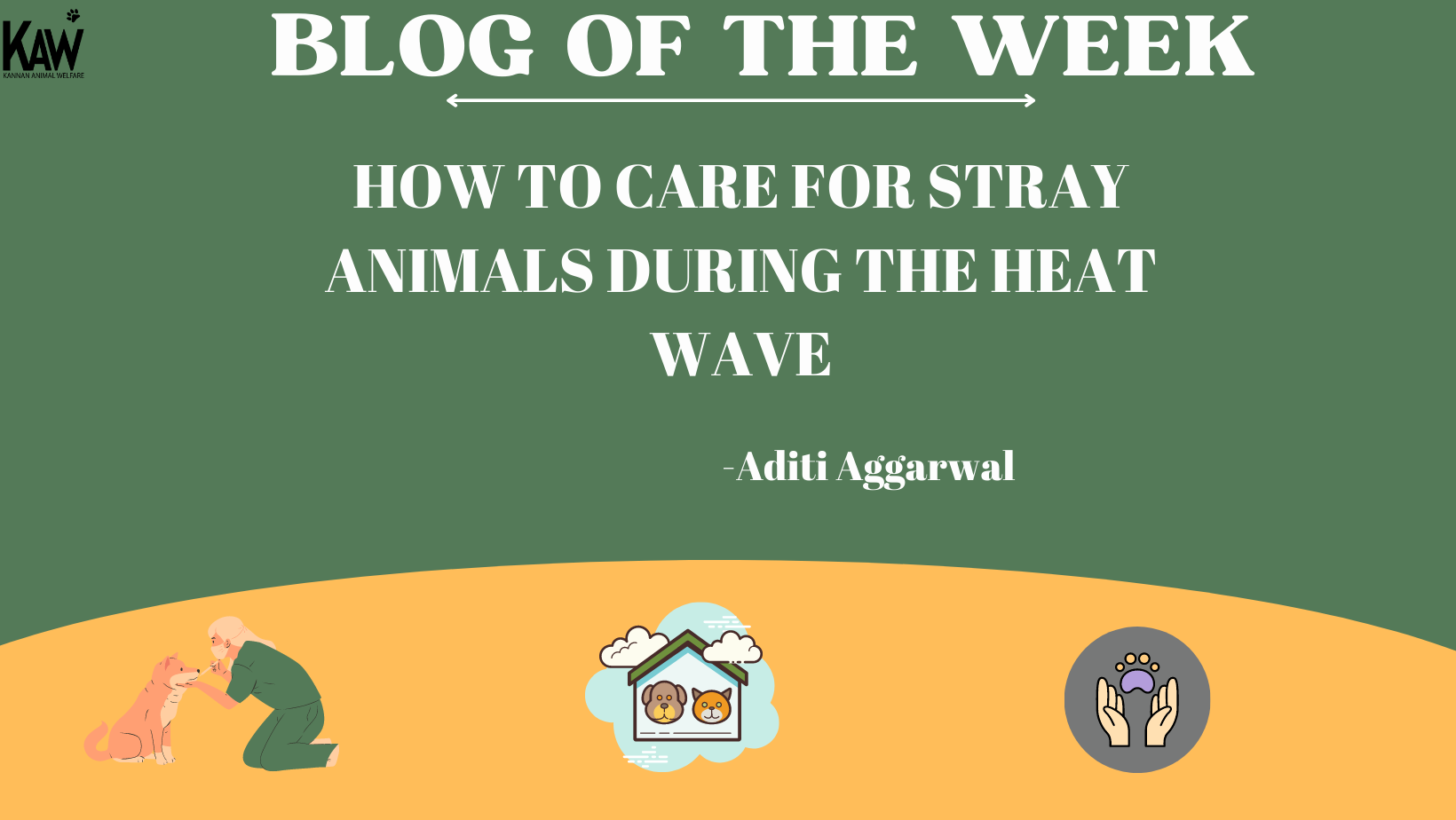The Basics of Mange
by Ruta Shelke
What is mange?
Mange is a type of skin disease caused by mites that burrow under the skin surface and affects many kinds of animals, including humans. In dogs, there are two types of mange induced by different mites.
The first of these, known as sarcoptic mange, is extremely uncomfortable and highly contagious. It requires prompt veterinary care if it presents itself. Even humans can catch sarcoptic mange; while such infections can cause skin irritation, they are typically short-lived in people compared to dogs and other animals.
The second type, demodectic mange, is passed to pups from their mothers in the first few weeks after birth, and it cannot be transmitted to other animals or people afterward. However, demodectic mange can grow out of control in a dog with a weakened immune system.
Let’s explore these diseases in more detail, so we can more effectively identify threats to the health of our beloved companion animals and protect them from harm!
What can you do to prevent mange?
- Keep your dogs clean. Ensure they have regular baths with a safe, dog-friendly shampoo. Also, dry baths in between their usual schedule will help ensure that their fur remains cleansed.
- Keep their living space hygienic too! Mites thrive in areas that are not sanitized, so cleaning carpets or furniture is a good practice to protect your pup’s health.
- Maintain a calm environment at home and in your interactions with your dog. Stress is a major factor in skin conditions for both humans and dogs, so remaining calm can help prevent the onset of mange.
- Help strengthen your dog’s immune system when possible, as a healthy immune response can suppress mange if it presents itself.
- Spaying and neutering can keep hormonal changes under control; by extension, sterilisation can mitigate this risk factor for developing any skin condition.
- Isolate your pup from infested dogs and schedule regular vet visits! Keeping your dog safe is every human companion’s responsibility, but it isn’t one that must be done alone - consistently seeing a vet examine your pup’s health is an effective way to protect our beloved friends.
SARCOPTIC MANGE
How can dogs catch sarcoptic mange? What are the symptoms?
Sarcoptic mange can spread through direct contact and shared bedding. The symptoms appear between 10 days and 8 weeks after contact, so be sure to continually check on your pup’s skin and fur over this period of time!
The most common symptoms of sarcoptic mange are:
- Extreme itchiness and redness
- Thick yellow crusts
- Hair loss
- Sores and scabs
- Bacteria and yeast infections
- Thickening of the skin (advanced cases)
- Lymph node inflammation (advanced cases)
- Emaciation (extreme cases)
How is sarcoptic mange diagnosed and treated?
If you think your dog was exposed to sarcoptic mange and notice some of its symptoms, take your dog to the vet right away! A veterinarian can examine your dog’s skin scraping under the microscope in order to determine whether this strain of the disease is present. Please note that it is common not to see sarcoptic mange mites when performing a skin scraping at home, so the vet’s office is the best place to go in this situation!
If a vet diagnoses your dog with sarcoptic mange, she/he will require a combination of treatments to treat these infections. Even if you only notice slight symptoms, this disease spreads very quickly, so it’s essential to seek expert advice from a veterinarian. The vet will likely advise you to clip your pup’s hair and to provide baths (with specific medicated dips) to heal the skin condition. Moreover, vets usually prescribe topical and/or oral medications which will effectively treat sarcoptic mange over the course of a month.
DEMODECTIC MANGE
How can dogs catch demodectic mange? What are the symptoms?
Demodectic mange often presents localised symptoms, such as scaly or bald patches on a dog’s face - particularly around the mouth or eyes. These cases typically do not cause much itching for the dog.
However, in more severe cases, the disease can affect multiple parts of a dog’s body, covering her/his skin with infections in patches. Secondary infections can make the condition very itchy, and your dog may smell.
Some dogs contract a specific form of mange known as demodectic pododermatitis, whereby the condition only affects the paws. Because this condition is difficult to treat and diagnose, and because bacterial infections can often run deep through the tissue, it’s important to visit the vet if you think your dog might be affected!
How is demodectic mange diagnosed and treated?
The localized form is usually treated with topical medication. On the other hand, the generalized form requires more aggressive treatment using special shampoos and dips, along with oral medication. Shampooing with special cleansing shampoos containing benzoyl peroxide helps to flush out and open the hair follicles prior to dipping. All these treatments should only be administered once approved by a qualified veterinarian.
Natural Treatments for Skin Conditions
If you notice any symptoms of skin conditions in your dog - even if they don’t appear to be a form of mange - please take every precaution that you can. There are several natural remedies that can be useful in treating various skin conditions, including olive oil and coconut oil. Applying olive oil directly to the affected areas can soothe the tender skin and help rid the area of mange. Likewise, applying coconut oil to any itchy area or possible scratches can help alleviate such a situation.
Nutrition is also a factor in maintaining the dermatological health of your pup! Ensure that you are feeding good, nutritious food to your dog - especially if you notice any of the mange symptoms discussed above.
If mange is confirmed, you can try some of these home remedies:
- 1 tbsp camphor (kapoor) and ½ tbsp sulphur (gandhak) in 100 ml edible coconut oil
- E - 6 is an ayurvedic antibacterial anti fungal lotion. It's a bit expensive (as it costs around 350 INR), but it contains sulphur which helps kill mites.
- If you don't get E - 6, then use any antibacterial antifungal lotion, like Kiskin. After, make sure to apply some coconut oil mixed with sulphur and camphor topically too.
- Clean with betadine initially, if possible, before starting any topical treatment
Don’t get too experimental with home remedies or make uninformed guesses, because this could lead to further irritation! Remember, for any medical condition, it is best to get input from a qualified veterinarian before administering medications.






